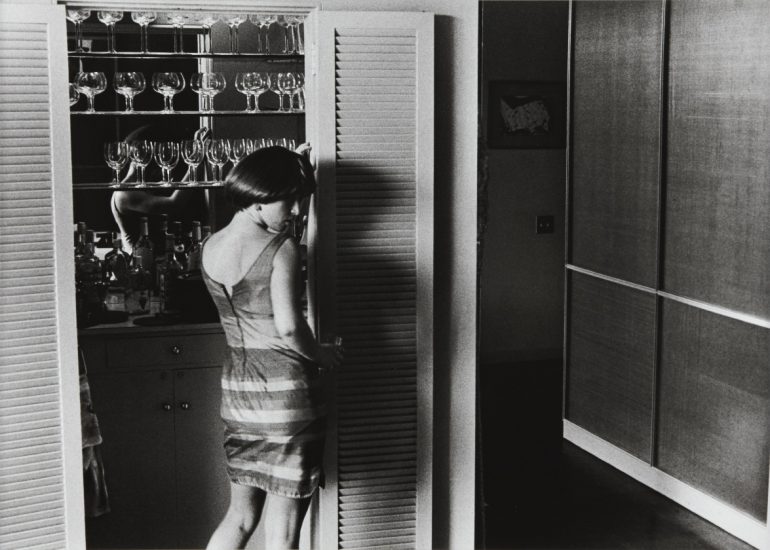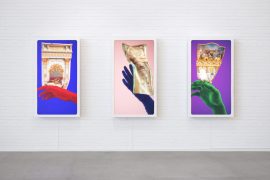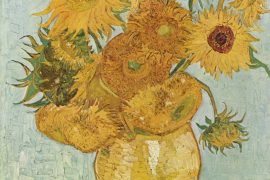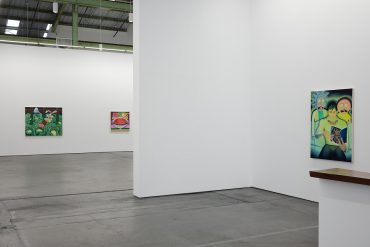In this interview, Vanessa Hallett, Worldwide Head of Photographs and Deputy Chairwoman, Americas at Phillips, shared with us her understanding of photograpy collecting and it’s market, as well as the materials and preservation of photographic works. In addition, she also recommended many books and documentaries exploring photography and photography masters, which we believe can provide a new perspective for everyone to appreciate the art of photography.

Vanessa Hallett
PF: What is the most appealing attraction behind photography collecting? Why Photography?
Vanessa Hallett: The most appealing attraction behind photography collecting is that it’s an approachable medium that people can immediately relate to whether it be a landscape, cityscape, portrait, or any other theme they gravitate to. Photographs teach, inspire, and often lead to creative thoughts and concepts. They can make us feel happy or contemplative. They inspire many to explore the medium as it is currently practiced (contemporary photography), and as it has been practiced throughout its history. Additionally, because the market is young, there is still a great opportunity to collect the rarest works, or collect in depth the works of some of the most desirable artists in the market. For all these reasons, there is a new breed of collectors who are discovering the medium for themselves. They are learning from what they see, they are learning from established collectors and galleries, and they are coming into our pre-auction exhibitions ready to look, learn, and acquire.
PF: What has changed the most in the photography market during the pandemic?
Vanessa Hallett: The auction world had been moving toward the adoption of online bidding for quite some time, but the events of the past year have certainly accelerated that movement. With travel restrictions in place, those who had always preferred to attend our sales in person were pushed outside of their comfort zones and had to become familiar with online bidding rather quickly. As it turned out, many people unexpectedly enjoyed the freedom that this new process allowed them. The ease and efficiency of bidding online from anywhere in the world with just the tap of a finger has been quite liberating for many collectors. And what’s particularly interesting is that people are still choosing to engage with us online, even as the world opens up. Our October sale was the first auction in two years to have in-room bidding, and still, 61% of the lots sold online. This is an increase of nearly 50% from pre-pandemic levels, showing that collectors are ultimately very comfortable with this new way of operating and will likely continue to participate this way going forward.
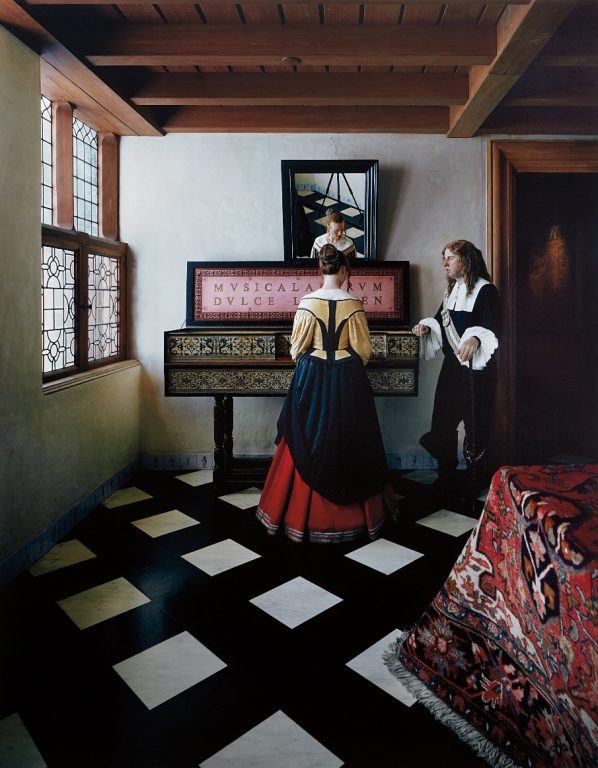
© Hiroshi Sugimoto, The Music Lesson, 1999, Pigment Print. Courtesy of Phillips
PF: What is your observation and insight about the photography market in Asia? How is it different from the Western market?
Vanessa Hallett: It’s very exciting to see the growth of the market in Asia, and the influx of new collectors. The photographic medium is younger, compared to other media that have been around for centuries, and the market is even younger. Due to the medium of Photography being a newer market, in a way, those all across the globe are still discovering photography, exploring photographers of the past, and encountering new artists who are pushing the medium in new and exciting directions. It’s very interesting to me that Asian collectors cannot be easily categorized by what they buy. There is no one area that is “hot.” I see Asia based collectors gravitating to contemporary work, as well as to classic work. I would characterize Asian interest as lively and adventurous. The market in Asia is learning fast and we are seeing some serious and sophisticated collections growing in the region.
PF: What do you consider as a photograph worth collecting?
Vanessa Hallett: What a great question! But it’s so hard to answer. There’s no template for what makes a photograph collectible. The most collectible photograph is the photograph that, once you’ve looked at it and studied it extensively, you cannot live without it. But here are some thoughts: when you see a photograph you’re interested in, find out everything you can about it, its place within the photographer’s oeuvre, its position in art history, and its market history. You always want to make sure the condition is appropriate for that artist’s work. Talk to the auction-house specialist or gallerist in detail about the work so you have the best idea of what you are collecting. Make sure the print quality is optimal. You want to be sure that the print you’re looking at is just as strong as others that are out there.
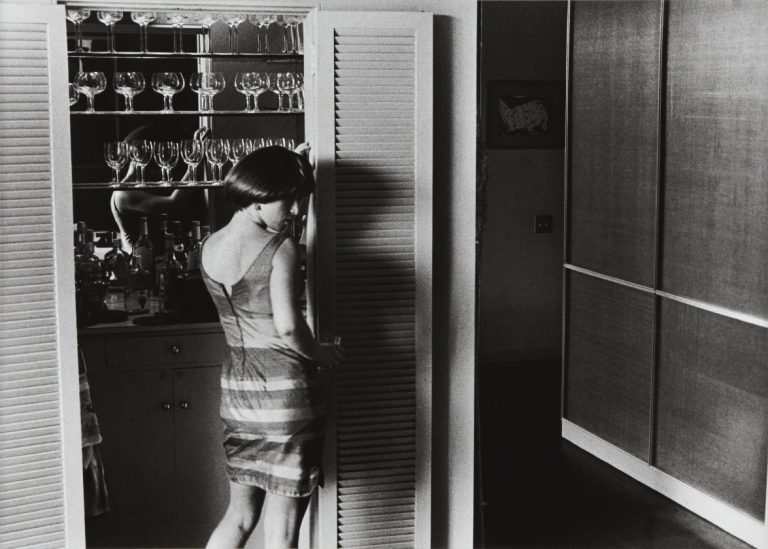
© Cindy Sherman, Untitled Film Still # 49, 1979, Silver Gelatin Print. Courtesy of Phillips
PF: How should one preserve and take care of one’s collection?
Vanessa Hallett: First, it’s very important to make sure that your photographs are framed appropriately and in materials that are up to archival standards. If your framer can’t talk to you knowledgeably about archival materials and the proper type of glass or acrylic to use, then you need to find a new fine art framer! Once a photograph is properly framed, it needs to be hung on a wall that does not receive direct sunlight, which can cause fading and other issues. Excessive humidity or drastic changes in temperature can also be harmful. The good news is that most domestic situations, in which temperature remains relatively constant and sunlight can be controlled, are favorable for living with photographs.
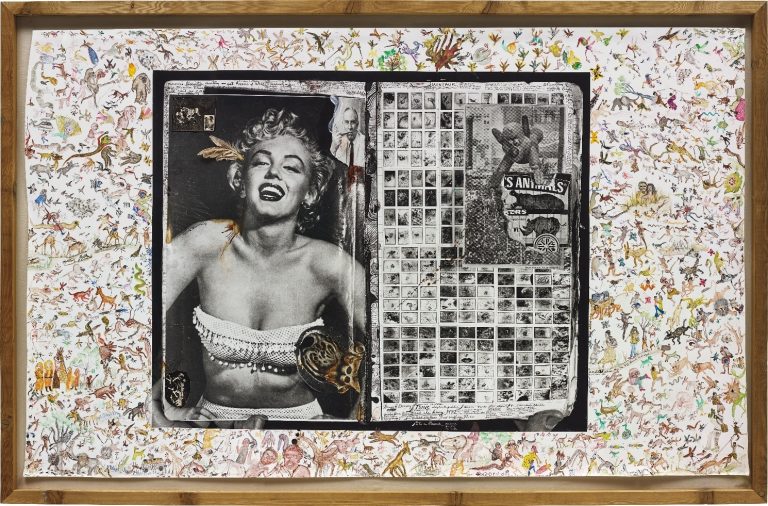
© Peter Beard, Heart Attack City, 1972, Silver Gelatin Print with mixed media. Courtesy of Phillips
PF: What are the common photograph media? Does medium matter in collecting?
Vanessa Hallett: There are many photographic media and print types. This has always been true from the medium’s beginnings in 1839 when, in France and England, artists/inventors were creating the first photographs on metal and paper, respectively. Every decade since then has seen new developments in photographic technology: from glass negatives, to film; from black & white to color; from analogue to digital. Many photographers work in multiple media and make a variety of types of photographic prints. Certain photographers are closely associated with a certain print type. William Eggleston, for example, is known for his heavily saturated dye-transfer prints. Nan Goldin works almost exclusively in the richly colored dye-destruction process. But most photographers work with a variety of processes, and they make very deliberate choices about which one they use to render a certain image. For me, it is very satisfying to see how a photographer can use a specific type of photographic print to achieve their vision.
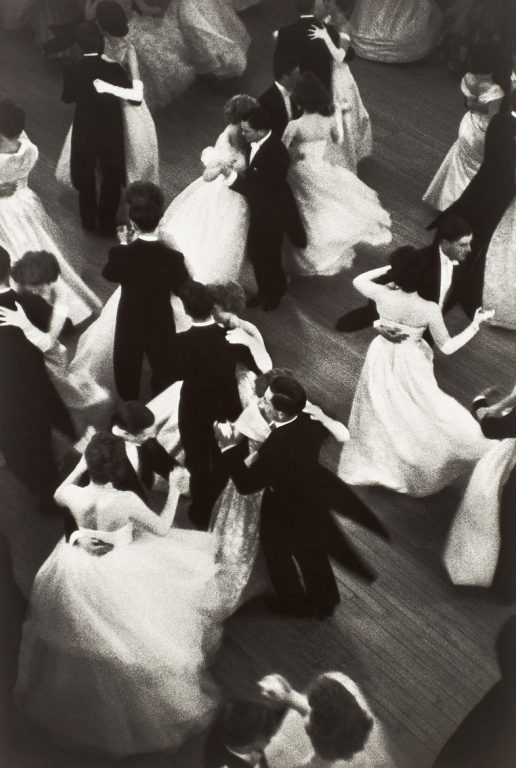
© Henri Cartier-Bresson, Queen Charlotte’s Ball, London, 1959, Silver Gelatin Print. Courtesy of Phillips
PF: Kindly share your tips for new collectors – what’s the “must-know” and what should one avoid?
Vanessa Hallett: There is so much advice to give, and I don’t want to overwhelm anyone with a book-length response! Really, the most important thing is to look. Go to museums, go to art fairs, go to galleries and auction-house previews – soak up as much as possible and begin to decide what you like. Once you’ve identified a photographer you like, go deeper. Find books by that photographer, see as many exhibitions of the work as you can. Talk to the gallery that represents the photographer, speak to an auction specialist who has handled the work before, and get a sense of the photographer’s history in the market. Developing a feel for the work, and an understanding of how the photographer works with the materials they choose is one of the most satisfying experiences of being a collector.
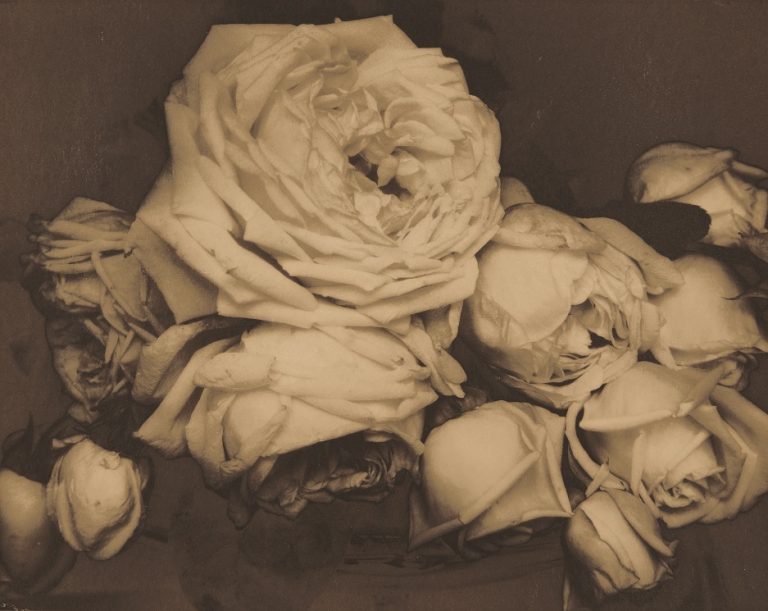
© Edward Steichen, Heavy Roses, Voulangis, France, 1914, Palladium Print, solarised. Courtesy of Phillips
PF: What book, documentary or resource would you recommend to anyone wanting to learn about photography?
Vanessa Hallett: Again, there are so many choices. Naomi Rosenblum’s A World History of Photography is a great survey of the medium, as is Beaumont Newhall’s History of Photography: From 1839 to the Present. The books that legendary MoMA curator John Szarkowski wrote about the medium are always eloquent and informative; these include Photography Until Now, and Mirrors and Windows: American Photography since 1960. The Getty Museum has produced an invaluable guide to photographic terms and techniques entitled Looking at Photographs: A Guide to Technical Terms. One great recent book is Stephen Frailey’s Looking at Photography, in which he writes a concise essay on a single image by many photographers, most of them contemporary. He gives you a definitive overview of the current photography scene. There are many fine documentary films on individual photographers, such as Robert Mapplethorpe, Ansel Adams, Gregory Crewdson, Sally Mann, William Eggleston, and many others. Photographers make great subjects for film, and there are so many worthwhile documentaries to choose from depending upon your interests.

© Edward Weston, Circus Tent, 1924, Platinum Print. Courtesy of Phillips
Via PHOTOFAIRS


